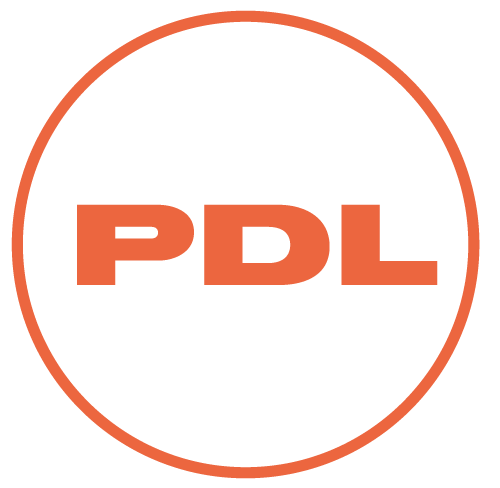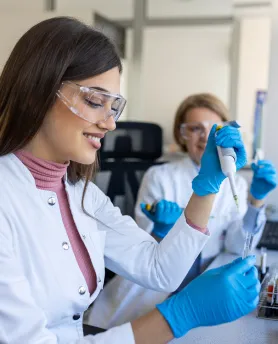The current melanoma treatment is forked between surgery; radiation; photodynamic therapy; and pharmacotherapy, which consists of topical and systemic treatment. However, melanoma is highly aggressive, and at advanced stages, it develops resistance to many existing pharmacotherapies. Hence, the search for new classes of atypical therapeutic molecules associated with specific pharmacodynamics and fewer side effects has been upheaved. Peptides such as Myxoma virus peptide analogue, are one of the leading categories of non-conventional molecules that demonstrate an outstanding remedial potential across various medical conditions, including cancer. They exert their pharmacological effects via specific cellular pathways resembling natural molecular signaling. However, they are utterly sensitive molecules to physicochemical and biological degradations, which prevent them from reaching their target sites at the relevant bioavailability, and they are limited to injectable formulations. Smart hybrid hydrogels possess unique physicochemical properties that manifest in various dynamic changes, such as transformation into different sizes and shapes in response to environmental stimuli. These potential manipulations make biocompatible materials promising co-therapeutic candidates for wide range of medical conditions. Injectable hydrogels with self-healing features can form an interesting platform for the subcutaneous controlled release of biotherapeutics. They are classified reologically as shear-thinning hydrogels. Subjecting the hydrogel to shear stress by injecting them through a thin needle liquifies them based on the rapid equilibrium between the dissociation and recombination of components concept.
Hence, they can be delivered subcutaneously without impairment to the skin and maintain the tissue’s structural and functional integrity over the planned treatment period. Moreover, the active ingredient’s delivery period can be tuned based on the level of the crosslinking between the hydrogel’s monomers and the molecular size of these units. Based on the above-mentioned, this research aims to develop a long-acting in situ formulated implant (ISFI) to be administered subcutaneously into the dermal layer delivering anti-skin cancer peptides in the vicinity of the primary skin cancer cells while maintaining its structural integrity and mechanical functionality. Students undertaking the project will gain experience in biopolymeric fabrication and the assessment of their physicochemical properties; pharmacokinetics and dynamics modelling; and in biological studies, including cell culturing.
Student Requirements
- Year 5 Bpharm
- The ability to dedicate full time hours per week
- Student can be from any university but have the ability to be on site as the research is conducted at RMIT University - Bundoora campus
Role of Student
- Data collection and analysis towards a PhD




















